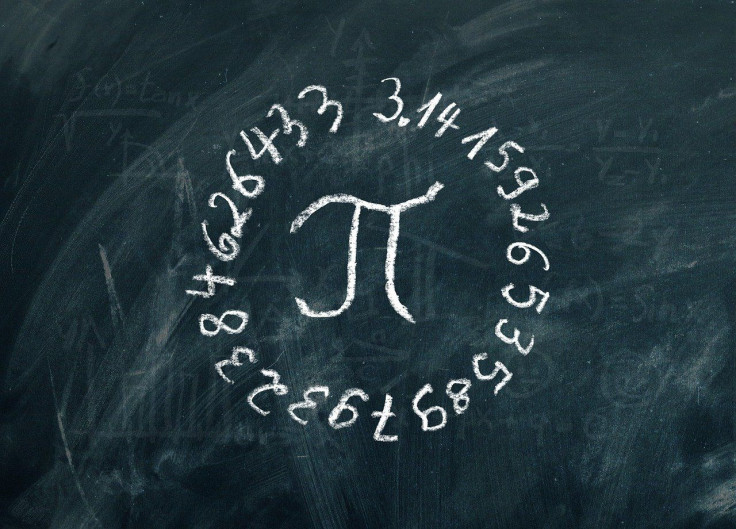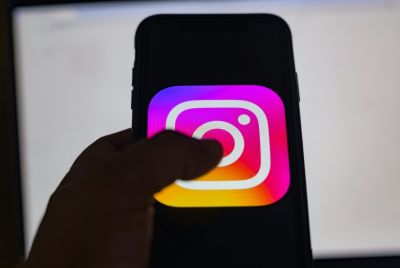Pi Approximation Day 2022: Ways To Celebrate, Practical Uses For The Mathematical Constant
Get ready for a math-themed celebration today, because July 22 marks Pi Approximation Day. On this day, we celebrate all things related to the mathematical constant.
Among the many mathematical concepts students learn in school, pi is perhaps among the most easily recognizable. It has been around "in some form" for 4,000 years, but was only known by the now popular Greek symbol in 1706 and first computed in a machine relatively recently in 1949 using an ENIAC computer.
But even with today's much more modern computers, pi can "never be fully calculated," according to National Today.
That shouldn't stop anyone from celebrating the mathematical concept, however. Depending on which approximation you prefer--3.14 or the fraction form, 22/7--you can observe Pi Day on March 14 or Pi Approximation Day on July 22.
There are many ways to celebrate the mathematical constant today. One simple, and perhaps rather funny way, would be to enjoy a bit of pie. Those who are skilled in the kitchen may even celebrate by making a special pie with the pi symbol on it.
Others may take the challenge to memorize pi as much as they can. In 2015, for instance, Rajveer Meena of Indi recalled a whopping 70,000 pi decimal places, making it onto the Guinness World Records. You don't have to try to beat that impressive number, though, but it could still be a fun activity to try with the kids.
Some may even have a pi memorizing contest among their family and friends, and the winner could take home a special pie.
Of course, one special way to celebrate pi is to look at its many practical uses, apart from being such an interesting number. After all, it wasn't just used to calculate the circumference or area of a circle for the last 4,000 years.
For instance, computer scientists can test how fast or powerful a computer is by making it calculate pi for a sort of stress test, and it can also be used to compute natural phenomena such as the shape of rivers or even the spiral of the DNA, according to National Today.
It's also used in GPS systems or to track population dynamics, noted ZME Science, while it also has many uses in the important work at NASA. For instance, the agency uses pi to figure out the size of craters and to determine how much propellant a spacecraft has left, according to Universe Today. Teams even use pi when talking to the Mars rovers.
Overall, pi appears "throughout modern science," according to the University of California Los Angeles (UCLA) Curtis Center, noting that it's used every day in "literally billions of computations."
"(E)ven more applications would doubtless be found in the future," noted UCLA Curtis Center.

© Copyright IBTimes 2024. All rights reserved.






















